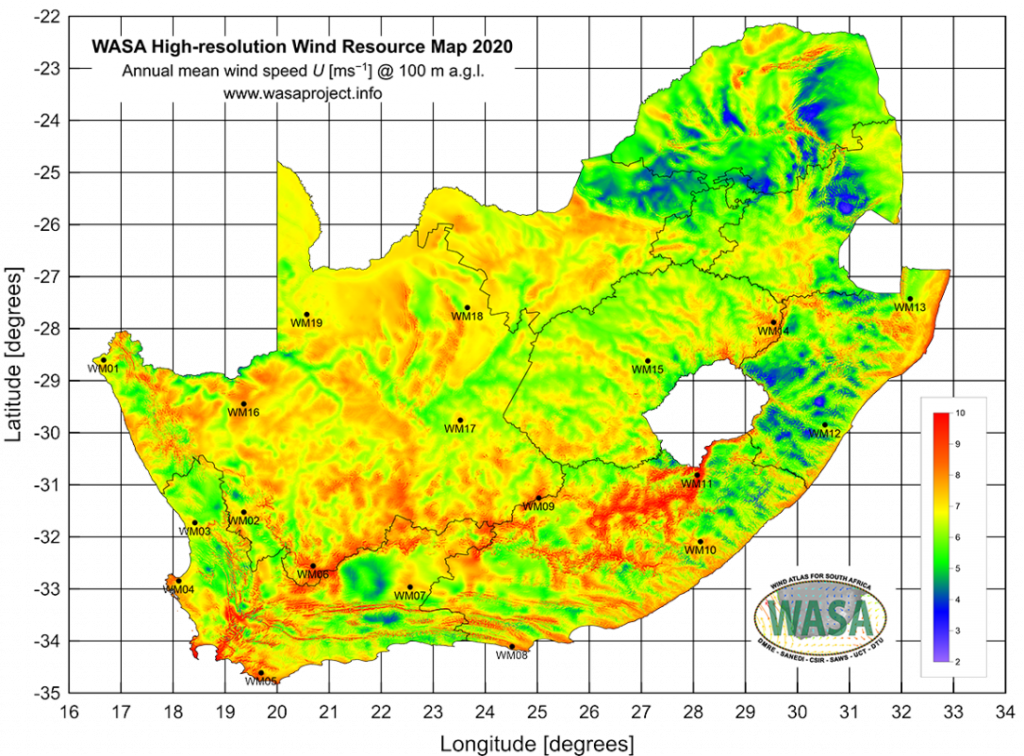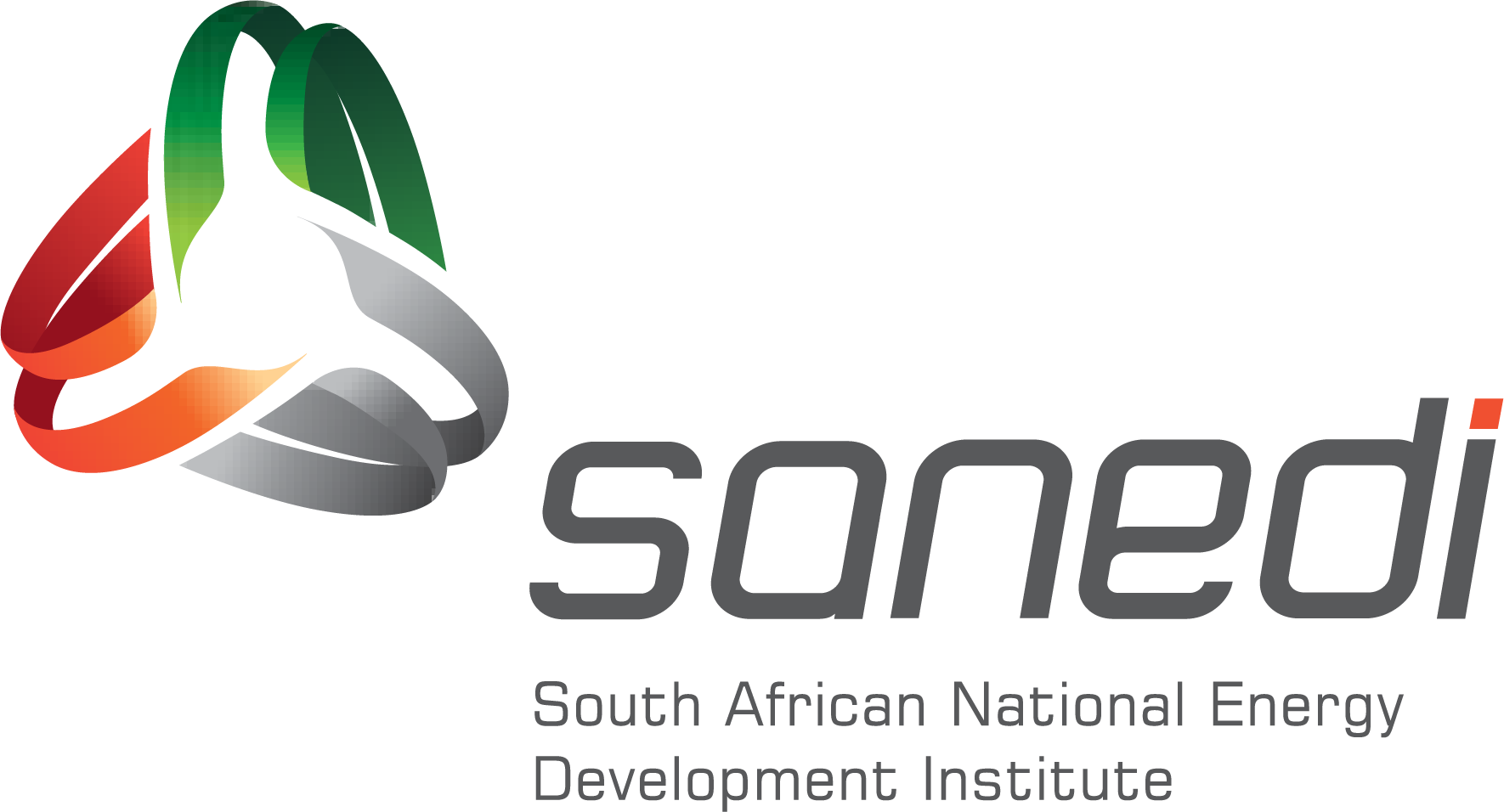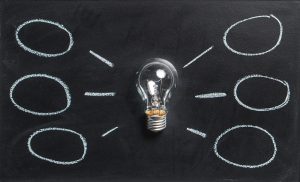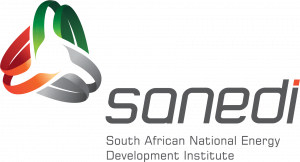The Residential Energy Consumption project is focused around the collection of residential energy consumption data. This data is based upon the types of electrical appliances and their end-use by individuals within the different Living Standard Measure (LSM) across South Africa. The appliance end-use data utilised within the Long-range Energy Alternatives Planning (LEAP) model for analysis, enabling policy makers with a better understanding and visibility of residential energy side. Furthermore, this project supports aspects of the review of the National Energy Efficiency Strategy (NEES) targets, together with the National Standards & Labelling Programme (S&L) impact assessment.
WASA
South Africa seeks capacity and skills development for methods and data that would enable the authorities, investors, power sector and industry to investigate and plan for large-scale exploitation of wind power for electricity generation. This requires a methodology for mapping the wind resources on national and regional scales, as well as tools for estimating reliably the annual energy production (AEP) of proposed wind farms all over South Africa. The project in question is to be implemented as a so-called twinning arrangement between the South African project partners and DTU Wind Energy. The main aim of the twinning programme is to develop and employ numerical wind atlas methods and develop capacity to enable planning of large-scale exploitation of wind power in South Africa, including dedicated wind resource assessment and siting tools for planning purposes, i.e. a Numerical Wind Atlas and database for South Africa. The Wind Atlas of South Africa (WASA) can find applications is at least two areas, namely to assist in the development of large grid connected wind farms and to provide more accurate wind resource data to identify potential off-grid electrification opportunities.
The WASA is financially supported by the Royal Danish Embassy (RDE) and the Global Environment Facility (GEF) through the South African Wind Energy Project (SAWEP) with UNDP Country office support. WASA 1 (2009-2014) cover the Western Cape and areas of the Northern Cape and Eastern Cape provinces, WASA 2 (2014-2018) cover KwaZulu-Natal, Free State and remaining areas of the Eastern Cape province. WASA 3 (2017 to 2020) to cover the remaining areas of the Northern Cape province and rest of South Africa.
SAWEP is a Dept.of Energy (DoE) anchored project which originated from the declaration by the then Minister of Minerals and Energy in June 2000 of the Darling Wind Farm as a National Demonstration Project and her request for international assistance in particular from the Global Environment Facility (GEF) and Danida (Danish International Development Agency). SAWEP 1 (2007 – 2010) sought to make available ‘technical assistance’ to the South African Government in terms of policy making and the development of the most appropriate financial instruments for policy implementation.
SAWEP 2 (2016-2019) objective is to overcome barriers to the attainment of South Africa’s 2010 Integrated Resource Plan target of 3,320 MW of wind power generation online by 2018/19. In order to achieve this, the project focusses on four components: Component 1: Monitoring and Evaluation of the implementation of local content requirements, Component 2: Resource-mapping and wind corridor development support for policy-makers, Component 3: Support for the development of small-scale wind sector and Component 4: Training and human capital development for the wind energy sector. Each component is associated with specific outputs and a set of activities.
SANEDI, the South African Weather Services (SAWS), the Council for Scientific and Industrial Research (CSIR), the University of Cape Town (UCT) and DTU Wind Energy (the Danish Research Institute and a world leader in wind energy) form the consortium undertaking the WASA project with SANEDI as a coordinator. Each of these institutions brings specialised skills and knowledge, which will ultimately result in the success of the Wind Atlas for South Africa.
Please visit the website http://www.wasaproject.info/about_wind_energy.html





